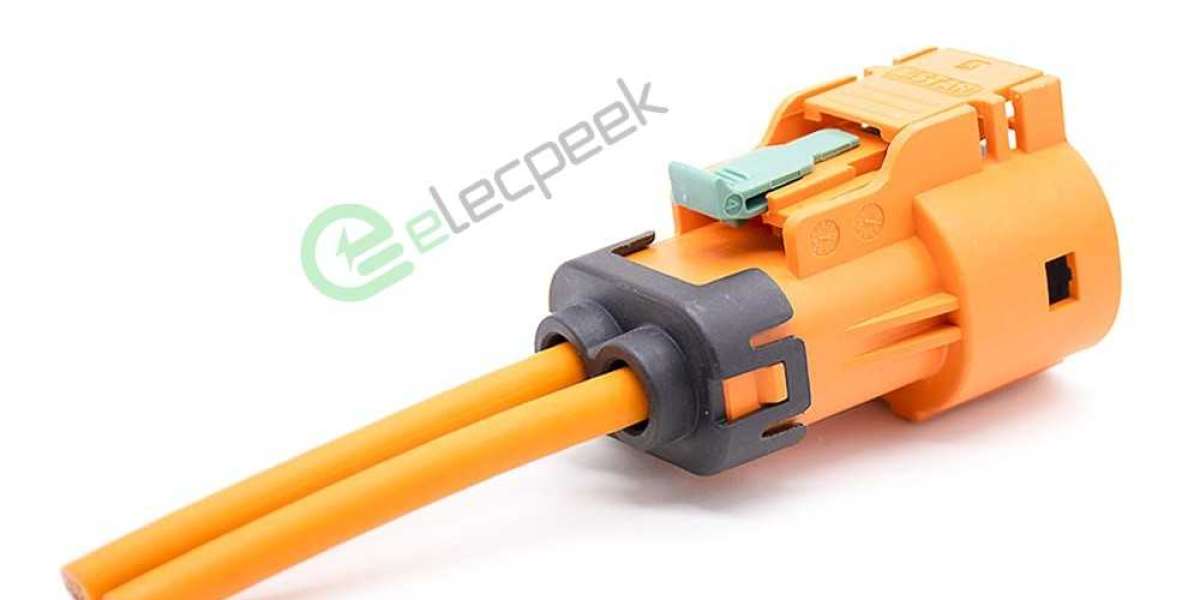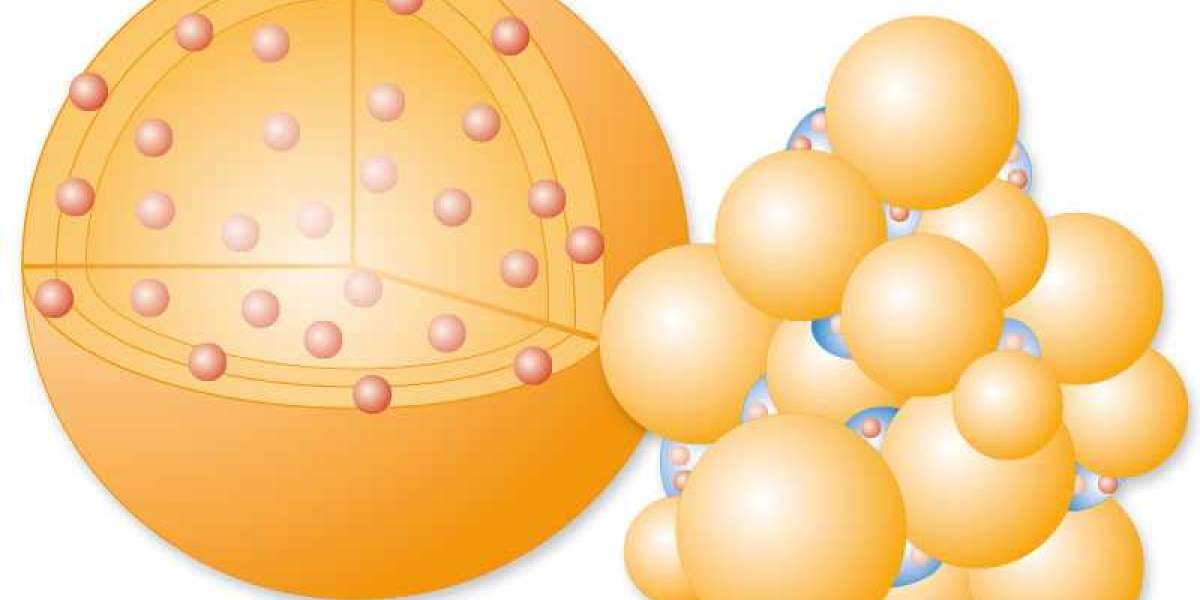As the world rapidly shifts towards sustainable transportation, electric vehicles (EVs) have emerged as a key player in reducing carbon emissions and combating climate change. However, the success of EVs relies heavily on a robust and standardized charging infrastructure. One such pivotal component is the J1772 connector, which plays a crucial role in facilitating the charging process for EV owners. In this article, we will explore the significance of the J1772 connector, its technical specifications, and its contribution to the marketing and adoption of electric vehicles.

The Evolution of J1772: From Standardization to Widespread Adoption
The J1772 connector, also known as the SAE J1772 (Society of Automotive Engineers) connector, was introduced in the early 2000s as a standardized charging interface for electric vehicles. Its design aimed to create a common connector that could be used across different EV models and charging stations, ensuring compatibility and ease of use for EV owners. The J1772 connector quickly gained popularity and became the de facto standard in the North American market.
Technical Specifications of J1772: Safety, Convenience, and Versatility
The J1772 connector features a unique design that incorporates several essential components to ensure safety and convenience during charging sessions. Let's delve into its key technical specifications:
a. Power Pins: The J1772 connector consists of five power pins. The two primary power pins deliver AC power to charge the vehicle's battery, while the remaining three pins handle various functions, such as ground connection, pilot signal communication, and proximity detection.
b. Charging Modes: J1772 supports various charging modes, including Level 1 (120V AC) and Level 2 (240V AC). Level 1 charging is suitable for overnight charging using a standard household outlet, while Level 2 charging provides faster charging rates and requires dedicated charging equipment.
c. Safety Features: The J1772 connector incorporates safety mechanisms, such as ground fault circuit interrupters (GFCIs) and thermal sensors, to detect and prevent electrical hazards. These features ensure that charging sessions are secure and reliable.
Marketing Implications: J1772 as a Catalyst for EV Adoption
The J1772 connector has played a vital role in promoting the widespread adoption of electric vehicles. Its standardized design has enabled automakers to develop EVs compatible with existing charging infrastructure, eliminating interoperability concerns. This compatibility has provided a significant boost to consumer confidence, knowing that their EVs can be charged at various public charging stations, workplaces, and residential locations.
Moreover, the J1772 connector has facilitated the growth of public charging networks. Charging station providers can install J1772-compatible charging stations, catering to a wide range of EV models, thereby attracting more EV owners and expanding the charging infrastructure. This, in turn, has alleviated range anxiety and encouraged consumers to transition to electric vehicles.
The Future of J1772: Adaptation and Expansion
With the rapid advancement of EV technology and the emergence of higher-power charging systems, such as DC fast charging, questions arise about the future of the J1772 connector. To address these evolving needs, industry stakeholders are exploring the integration of additional charging standards, such as the CCS (Combined Charging System), which combines AC and DC charging capabilities. This hybrid approach aims to maintain backward compatibility with J1772 while supporting faster charging rates.
Conclusion:
The J1772 connector has undoubtedly been a driving force behind the expansion of the electric vehicle market. Its standardized design, safety features, and versatility have contributed to the growth of public charging infrastructure and consumer confidence in EV adoption. While the EV landscape continues to evolve, the J1772 connector remains a pivotal component, ensuring compatibility and ease of use for electric vehicle owners. With ongoing developments in charging technologies, the future of J1772 looks promising as it adapts to support the demands of an electrified future.


